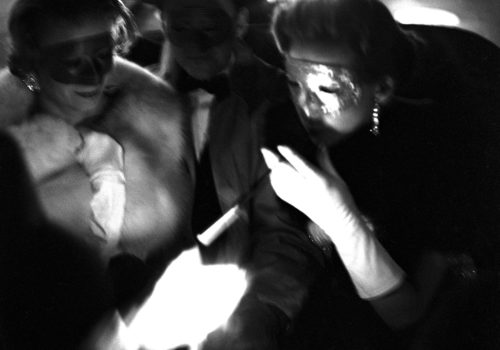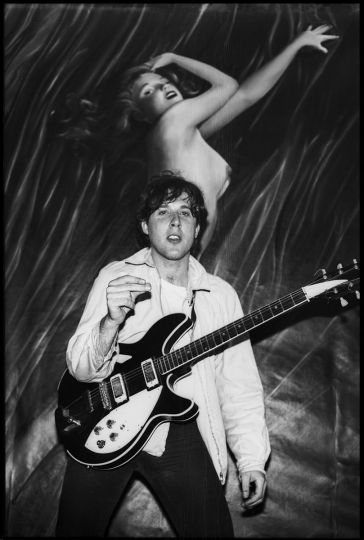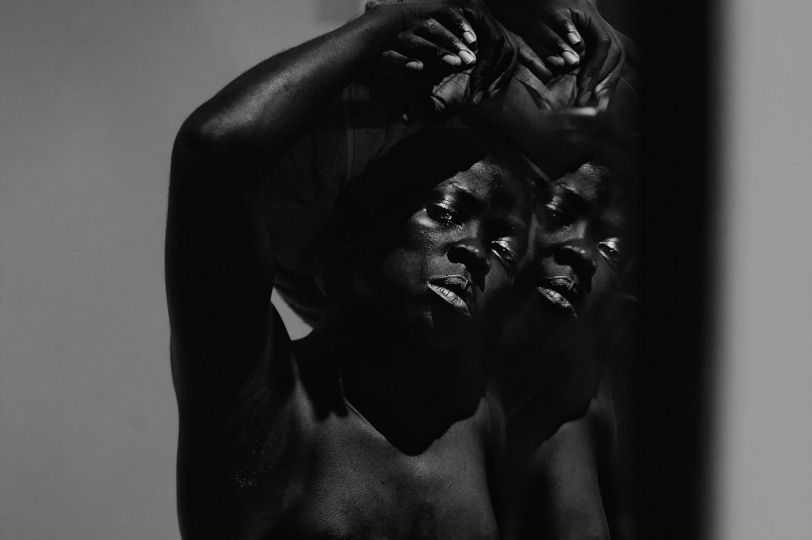Women Then, the most recent work of photographer and director Jerry Schatzberg, is devoted to the women he photographed between 1954 and 1969. At 83 years old and with a rich career behind him, the book is a celebration.
Schatzberg is a man who knows how to put one at ease. Seated in a black leather sofa, his hands folded, and a thoughtful look in his eyes, he speaks with a deep voice.
“Seduction is an art form,” he explains, discussing the demands of shooting portraits. “It’s not necessarily the same for everyone. Some people like to be treated with disdain. That’s sometimes the attitude you have to adopt to hold their attention.”
Having spent a good deal of his life directing models, actors, and actresses, Schatzberg is well practiced at captivating the gazes of his subjects. He held their eyes first with Vogue, in 1957, then with Glamour, Esquire, and nearly every fashion magazine interested in his work. He spent ten weeks under the tutelage of Alexey Brodovitch, just as Penn and Avedon did, but this pedigree hides the fact that he could have easily missed the rich career that now characterizes him.
“As an adolescent, I didn’t really know what to do with my life,” the photographer remembers. “I could have bought a truck and gone off selling ice cream from city to city. My passion for photography came from admiring the Willoughby’s shop windows on Long Island. I stared at those cameras the way others gaze at Tiffany’s jewels. My father was furious. He thought I was ducking the work of the family business.”
Young Schatzberg would have to wait 27 years before finding his first job as an assistant, in response to an ad in The New York Times. Fashion photography, the celebrities. In the 60’s, Vogue had him aiming his lens on the era’s biggest stars. He brought to this work his fascination for elegance, style, and aesthetics. The resulting portfolio features Andy Warhol, Aretha Franklin, The Beatles, Roman Polanski, Frank Zappa, Steve McQueen and The Rolling Stones, who Jerry Schatzberg had pose as drag queens. One of his most famous series remains that of Bob Dylan, featured on the cover of Dylan’s 1966 album, Blonde on Blonde. At the time, the only thing Schatzberg knew about the politically engaged Dylan was his voice. They met through Nico, vocalist for The Velvet Underground and one of Schatzberg’s models, who insisted that he look deeper into this emerging artist. It was Sarah Dylan, the folk singer’s first wife, who brought Schatzberg to the recording studio, transformed for a few hours into a photo studio. Schatzberg, who had flirted with Ms. Dylan before her engagement, adds, “It’s always a good thing to know women.”
Faye Dunaway, the subject of one of his most famous photos, was also his muse. She starred in his first movie, Puzzle of a Downfall Child, launching his career in film. Schatzberg recalls his early days on the set with nostalgia: “Working with actors and actresses was what most scared me at the beginning of my directing career. They have their own language that you have to adopt. You have to be able to communicate clearly much more than in photography. And yet, Woody Allen never speaks and he’s a genius.”
Praised at the time, now somewhat forgotten, Schatzberg received the Palme d’Or from the Cannes Film Festival for his 1973 film The Scarecrow, with Al Pacino and Gene Hackman. By filming America’s outcasts, in a succession of short clips, he sketched the portrait of a society based on violence. The metaphor of the scarecrow nicely sums up the point of view of an 83 year old man who still believes in humanity and its capacity to change.
And for Schatzberg, who believes that every true photographer is a child at heart, change comes through sensitivity. The same sensitivity that provoked his devotion to women, capturing their slightest movement, and that led him to reveal these previously unpublished photos. Women Then, released last October by Rizzoli, is an homage.
“I fell in love with every woman I photographed,” he reveals. “In the street, they pose naturally like models. No need to put them in the studio. I love to watch their beauty, their natural way of dressing, their humanity, their humor.”
The result is a concentration of sensual, playful, or simply funny scenes: Julie Andrews sucking her thumb, Claudia Cardinale fiddling with her nose “like an animal,” Sharon Tate lying naked in her bathtub, or Catherine Harlé’s models celebrating the end of a photo shoot in Paris.
“I don’t like to compare digital and film photography,” says Schatzberg, a consummate professional who knows how to adjust to his time. “Because if photography has any meaning,” he continues, “it comes from being in touch with journalism and with the judgment of its time. It’s a recording of time.”
And, despite his advanced age, he still plans to produce. His current project: perhaps a new book of portraits or candid snapshots from the New York subway. With this work, will recognition finally come to stay?
“I’ve never been a good salesman,” Schatzberg replies. “Maybe that will come after my death, like it does for many.”
Jonas Cuenin
Women Then, Rizzoli (publisher)
















